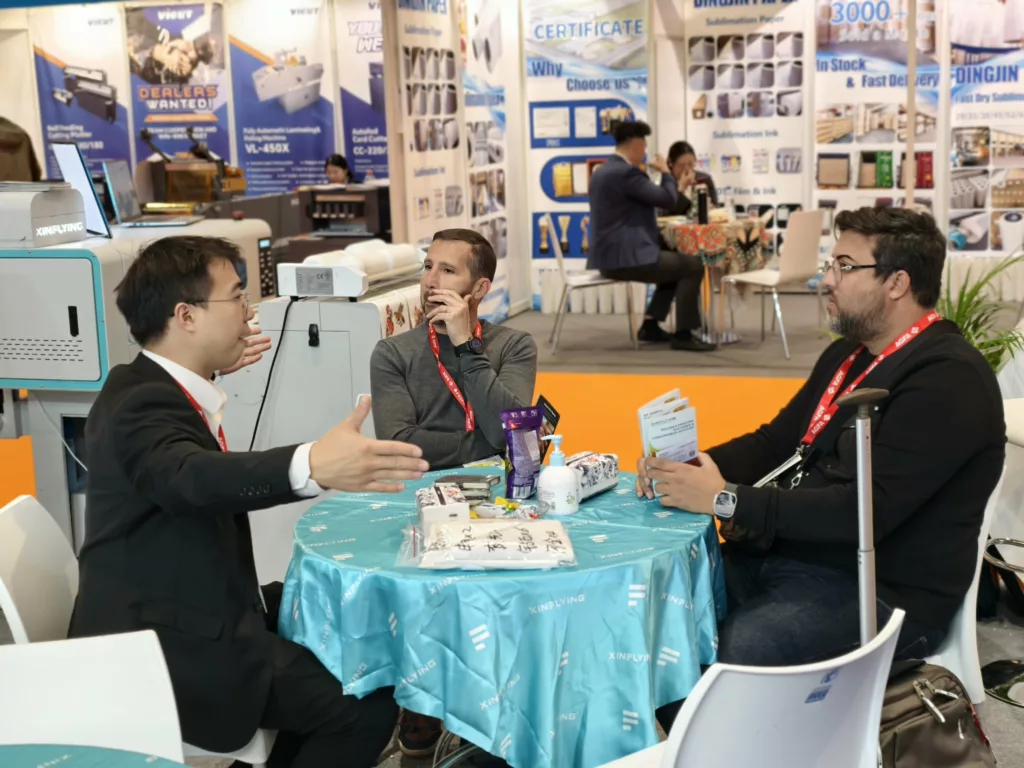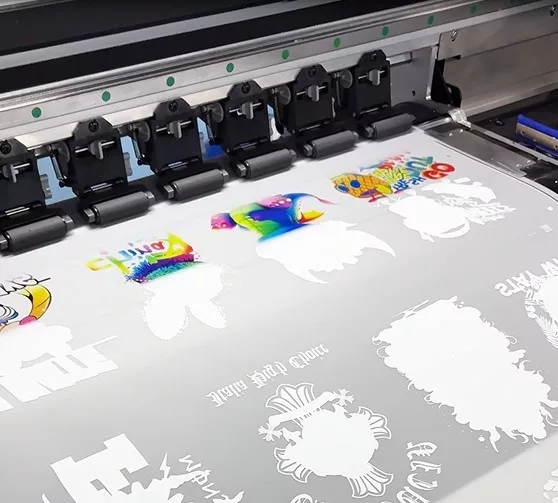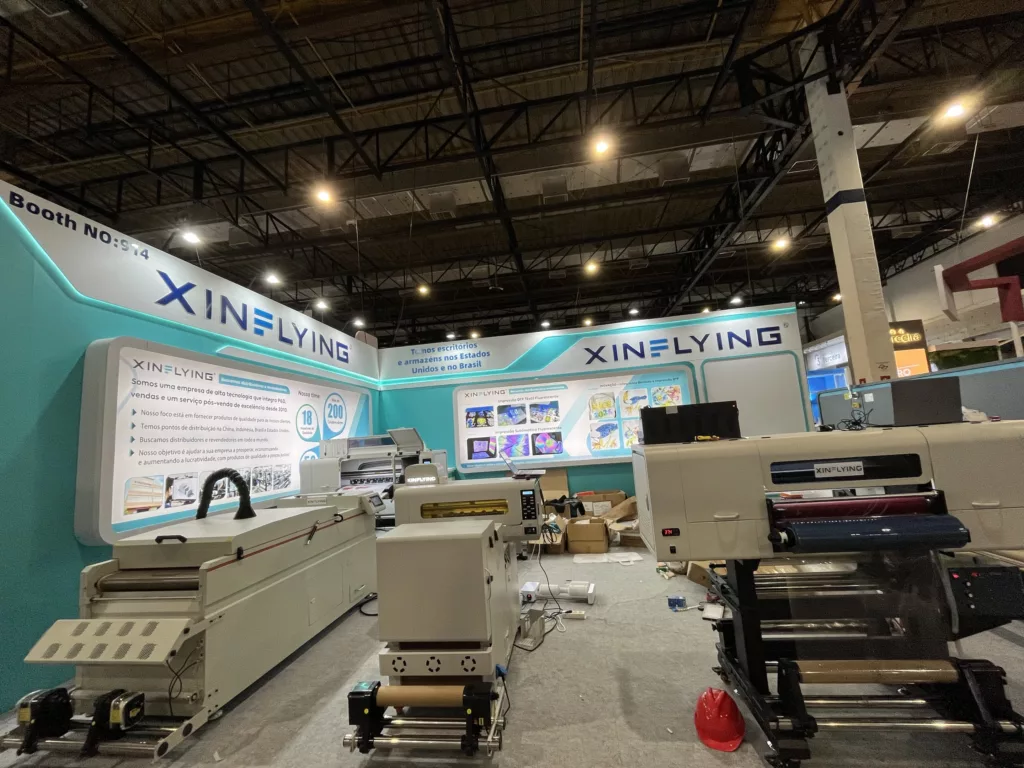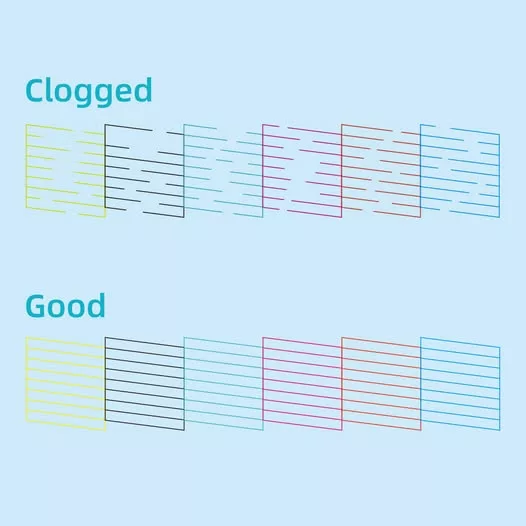Fabric printing has seen a surge in popularity in recent years, as more and more individuals seek to add a personal touch to their textiles. With the advent of fabric printers, the process has become more accessible and convenient than ever before. Dalam panduan komprehensif ini, we will delve deep into the realm of fabric printing, unraveling its techniques and highlighting its numerous benefits. Whether you’re a seasoned artist or just embarking on your creative journey, this guide is designed to provide you with all the necessary information to unleash your creativity and produce awe-inspiring fabric prints.
What is Fabric Printing?
Fabric printing is the process of transferring designs or patterns onto fabric using specialized printing techniques. It involves applying pigments, dyes, or inks onto the fabric surface to create vibrant and detailed designs. Fabric printing allows for intricate artwork, endless color possibilities, and precise positioning of the design on the fabric.
Types of Fabric Printing
Before we dive into the intricacies of fabric printing, it is vital to comprehend the very essence of this art form. At its core, fabric printing involves transferring designs onto fabrics, creating unique patterns and visuals. There are various methods and fabric printer utilized in fabric printing, each with its own distinctive characteristics.
Sablon
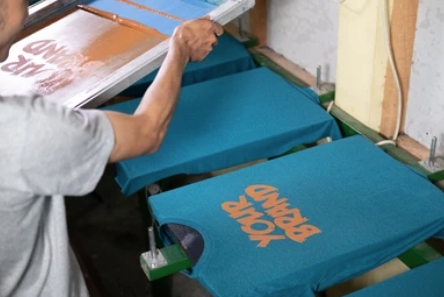
Sablon, also known as silk screening, is one of the oldest and most traditional methods of fabric printing. It involves the use of a mesh stencil, essentially a screen, through which ink is pressed onto fabric to create the desired design.
Heat Transfer Printing

Heat transfer printing employs heat to transfer designs onto fabric. In this process, a special ink is printed onto transfer paper and then transferred onto the fabric using heat, resulting in vivid and long-lasting prints.
Digital Textile Printing
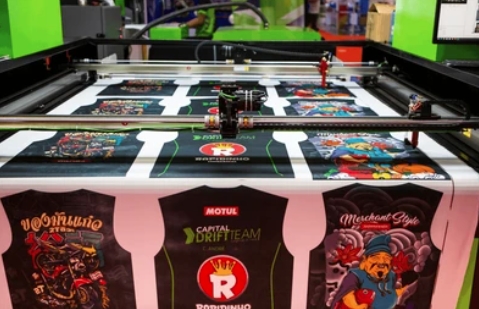
Digital textile printing, di samping itu, is a relatively modern and efficient technique that utilizes digital technology to print designs onto fabric. This kind of textile printer offers increased precision, flexibility, and the ability to reproduce intricate details effortlessly, seperti wide-format sublimation printer Dan direct to graments printer. It’s has been the future of fabric printing and most recommended textile printing techniques.
| Metode | Sablon | Heat Transfer Printing | Digital Textile Printing |
| Proses | Uses stencils and screens to print design. | Uses heat and pressure to apply design. | Uses computer software to create and print design. |
| Biaya | Can be cost-effective for large runs. | Can be cost-effective for small runs. | Costs can be higher but allows for complete customization. |
| Keserbagunaan | Terbatas pada permukaan datar. | Can be applied to a variety of materials and shapes. | Can be applied to a wide variety of materials. |
| Daya tahan | High durability, design can withstand repeated washing. | Varies depending on method (vinyl lasts longer than sublimation). | High durability if proper post-processing is applied. |
| Kecepatan | Ideal for mass production due to speed. | Slower than other methods. | Varies depending on design complexity, generally slower than screen printing. |
| Detil | May miss finer details due to screen mesh. | May miss fine details due to heat and pressure. | Can capture very intricate details since it prints directly from digital files. |
| Environment | May involve strong chemicals depending on the ink used. | Heat transfer can use lot of energy and could involve vinyl which is not biodegradable. | Uses water-based inks that are less harmful to the environment. |
Getting Started with Fabric Printing in 4 Simple Steps
Acquiring a fabric printer is your first step into the exciting world of fabric printing. It is crucial to find reliable digital textile printer manufacturers, and understand the features, spesifikasi, and compatibilities of various cloth printers available in the market. Berikutnya, you will need materials like kain, tinta, tekan panas, and printing software. Ingat, an organized workspace enhances your creative output.
Designing Your Prints
Fabric printing paves a perfect path to unleash your creativity. Inspiration can come from anywhere, be it nature, architecture, or even a beautiful piece of poetry. Learning about different design techniques and creating digital designs can lead to brilliant results. A well-prepared design ensures a quality print.
Preparing Your Fabric for Printing
Understanding the composition of your fabric is key. Certain fabrics respond better to printing than others, requiring you to wash and prep them right. Pretreating your fabric can make a significant difference to the final output. Using the proper methods will guarantee longevity and print quality.
Printing on Fabric
Now comes the fun part, pencetakan. Though it can be nerve-wracking at first, following step-by-step instructions should give you a perfect print. Troubleshooting print issues requires patience. Namun, with practice, you would learn how to ensure maximum vibrancy and color accuracy.
Finishing and Caring for Printed Fabrics
Post-printing treatments enhance the look of your fabric print, and can also contribute to their lifespan. Drying and heat-setting your prints are crucial to make your prints wash-resistant. Ingat, a little care in handling and storing can preserve the beauty of your printed fabrics longer.
Exploring Applications of Fabric Printing

Fabric printing technology has revolutionized the way we can express our creativity and design on various textile surfaces. Whether you are a fashion designer, interior decorator, quilting enthusiast, or someone passionate about crafts, fabric printing opens up a world of possibilities. Di bagian ini, we will dive into the different applications of fabric printing and how it can enhance various areas of interest.
Fashion and apparel design
Fabric printing has become an indispensable tool in the realm of fashion and apparel design. It enables designers to bring their unique visions to life by transferring vibrant, detailed patterns onto fabrics. With a fabric printer, designers can experiment with various textile materials like kapas, sutra, or even synthetic blends, catering to a wide range of clothing styles and preferences. From creating one-of-a-kind garments to printing intricate patterns on accessories, fabric printing allows designers to unleash their creativity and offer customers something truly exceptional.
Home decor and interior design
Fabric printing has a significant impact on the world of home decor and interior design. With the ability to print custom designs on fabrics, decorators can create unique curtains, upholstered furniture, or even personalized bedding. Fabric printing allows homeowners to add their personal touch to their living spaces effortlessly. It opens up avenues for creating cohesive, visually appealing interiors where one can truly express their style and personality.
Quilting and textile art
Quilting and textile art enthusiasts have also embraced fabric printing for their creative endeavors. Traditional quilting involves stitching together various fabric patches to create beautiful, intricate designs. By incorporating fabric printing, quilters can take their art to the next level. They can print intricate patterns, images, or even personal photographs onto fabric, adding a custom touch to their quilt creations. Fabric printing enables artists to experiment with a wide range of textile designs and colors, allowing for endless possibilities in the world of quilting and textile art.
Customized gifts and crafts
Fabric printing offers endless opportunities for creating personalized gifts and crafts. Whether it’s a customized tote bag, personalized kitchen apron, or a unique fabric wall art piece, fabric printing allows individuals to create meaningful, one-of-a-kind items. By printing photos, quotes, or designs on fabric, people can give their gifts a personal touch that will be cherished by their loved ones. Selain itu, fabric printing opens up possibilities for crafting unique items, such as fabric jewelry, stuffed toys, or decorative pillows, allowing individuals to explore their creativity and create handmade treasures.
Tips for Success in Fabric Printing
Fabric printing can be a rewarding and creative craft, allowing you to bring your unique designs to life on various fabrics. Namun, like any creative endeavor, it can come with its fair share of challenges. Di bagian ini, we will explore some valuable tips to overcome common challenges in fabric printing and provide guidance on expanding your skills, developing your style, and promoting your fabric prints.
Properly prepare your fabric
Sebelum mencetak, ensure that your fabric is clean, kering, and free from any wrinkles or creases. This will ensure smooth and even printing results.
Test your fabric and printer settings
Experiment with different fabrics to determine the best settings for your printer. Adjusting variables like temperature, ink density, and print speed can greatly impact the final outcome.
Address ink bleeding
To prevent colors from bleeding into each other, use a fabric primer or pre-treatment solution before printing. This will help the ink adhere to the fabric fibers, resulting in sharper and crisper prints.
Kesimpulan
Fabric printing is undoubtedly an exciting and rewarding art. It not only helps unleash the artist in you, but also offers limitless possibilities to bring your creative ideas to life. Embrace the process, keep exploring, and enjoy the pleasure of creating something beautiful. Your fabric printing journey has just begun, and a world of bright colors, textures, and patterns awaits you.



























